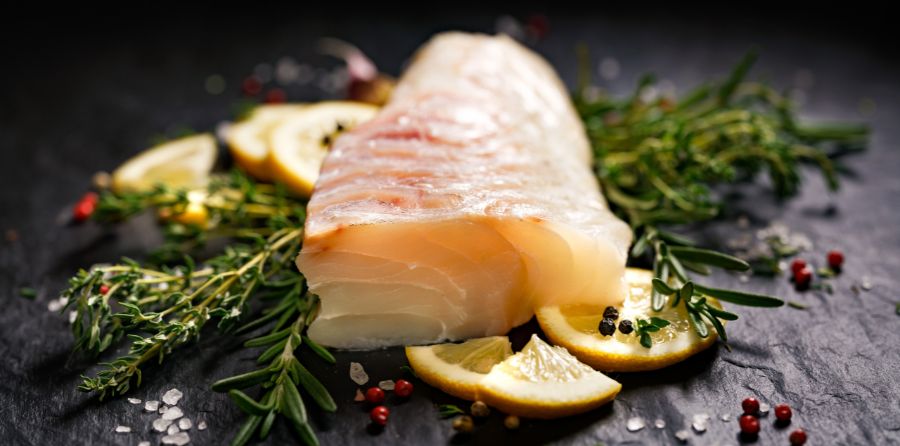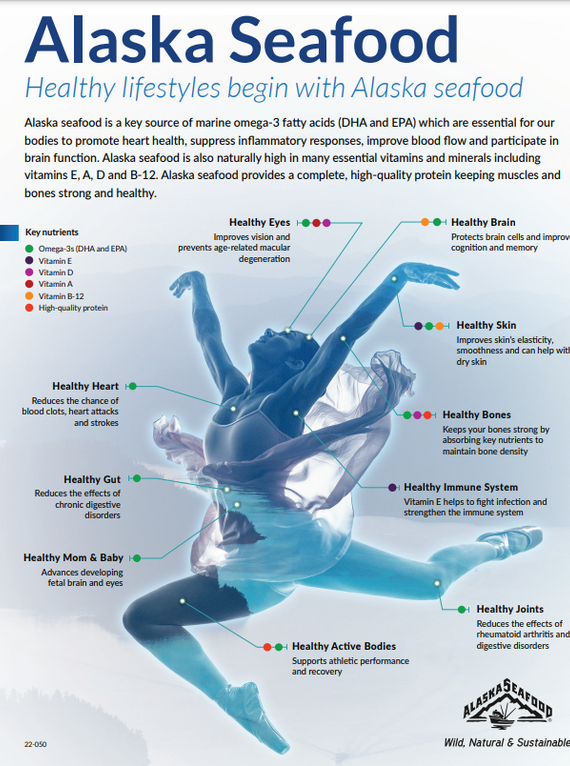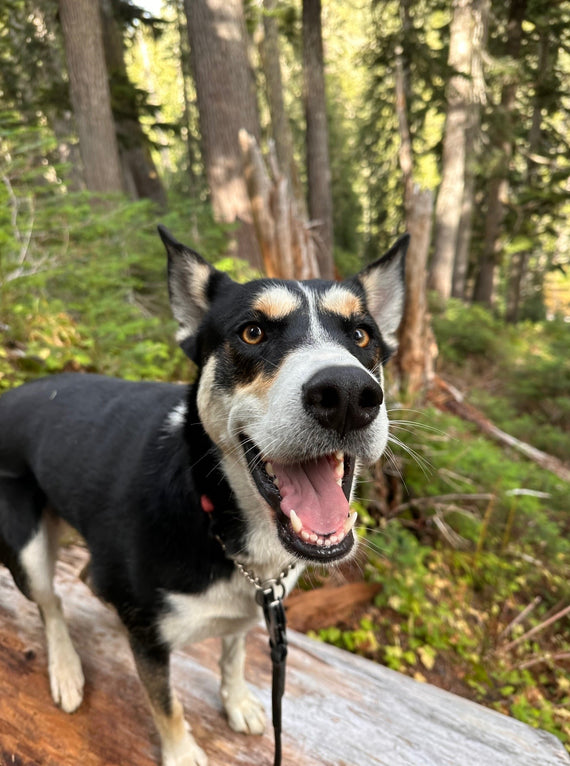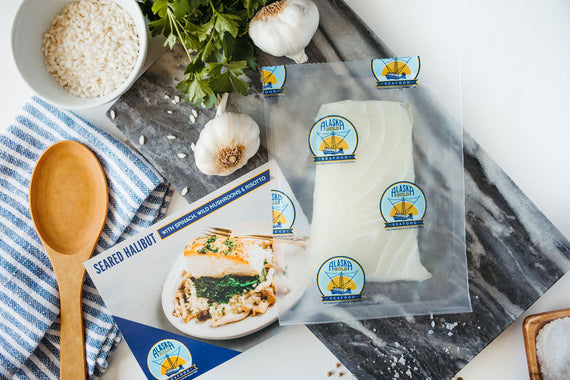
As you shop our selection of nutritious, high-quality seafood, you may wonder how our fishermen harvest it. What processes are used to ensure that your sablefish is the best the Pacific has to offer?
Seafood Producers Cooperative, the fishermen-owned co-op behind Alaska Gold Seafood, is proud to utilize sustainable, environmentally friendly fishing practices. When you buy your seafood from us, you know you’re getting a taste of the wild—our black cod and other offerings don’t come from crowded farms.
In order to preserve the integrity of the fish and maintain its natural environment, our fishermen use old-fashioned methods to haul them in. Allow us to explain how our seafood goes from the line to the table and provide a better look at how Alaskan black cod is fished.
The Black Cod’s Natural Environment
Alaskan black cod, commonly called sablefish, are commonly found at depths between 700 and 3,000 feet. They feed on creatures like herring, krill, squid, and even jellyfish. Because some of its prey are naturally bioluminescent, the black cod’s stomach has a lining of black film to keep it from lighting up after a meal!
The black cod’s scientific name is Anoplopoma fimbria, and it can be found in the eastern Pacific from Baja, Mexico, all the way up to the Aleutian Islands. In the western Pacific, its habitat lies from Siberia’s Bering Sea to the Commander Islands in Japan. Markets in the US, UK, and Japan all clamor for its delicious taste.
Black cod is a treasure of Alaska. Fishermen have known of its bounty in those cold waters for centuries and have called it by many names, including butterfish. To this day, many fishermen in Sitka, Alaska—including Seafood Producers Cooperative—make black cod fishing a priority.
These fish, commonly associated with deep waters, have long lifespans; one Alaskan sablefish was reported to be 94 years old when caught! They can reach lengths of over 3 feet and weigh as much as 50 pounds. However, it’s worth noting that your average sablefish will probably be closer to 24 inches and eight to nine pounds.
Sustainable Fishing Methods: The Longline
The fishermen at Alaska Gold take a great deal of pride in environmentally conscious fishing styles. Alaska’s Fish and Game Department is also invested in maintaining sablefish populations, as the Gulf of Alaska is home to the largest population of sablefish.
To fish for black cod without too much impact on their habitat, fishermen use a method called longlining—think of it as casting multiple lines at once.
Longline fishing utilizes a main line with several smaller lines, also called gangions, placed at regular intervals. Each gangion is attached to the main line with a swivel or clip, with the hook dangling at the other end.
Because sablefish swim in deeper waters, the fishermen need to set that line on the sea floor. They mark where they’ve anchored their line with floats and flagpoles, and often set multiple lines at once. The line is attached to a hydraulic drum, which makes hauling the line in on a regular basis much easier. A single line can be up to two miles long and boast up to 2,000 hooks—that’s a lot of sablefish!
While incidental catching is possible on a longline, this method also makes it easy to throw unintended catches back into the sea. Fishermen sometimes catch surprises like halibut and rockfish when longlining for sablefish. In fact, a good number of rockfish that we sell are caught on sablefish fishing trips.
Hauling In the Fish
The fishermen responsible for harvesting Alaska Gold’s top-tier seafood are particularly proud of their longline fishing methods. With a long main line and dozens—if not hundreds—of gangions, each fish gets its own hook.
Once each line is hauled in, it’s time for the crew to get to work removing those fish from their hooks and putting them on ice. After all, the sooner the fish get chilled, the tastier they’ll be.
When the boat docks, the fish are quickly and expertly cleaned. Some are frozen right away, while others are filleted and prepared for the fresh market.
Fresh Fish for Your Menu
When you buy black cod from Alaska Gold Seafood, you know you’re getting the gold standard in sablefish. It’s a rich, oily fish that’s going to stay moist and delicious through the shipping process. If you normally balk at cooking seafood, black cod could be the perfect option for you. It’s a delicious and healthy fish to eat—and hard to mess up when cooking!
We ship our frozen seafood packed in enough dry ice to keep it from thawing in transit, complete with eco-friendly insulated coolers instead of Styrofoam insulation. When you receive your order from Alaska Gold Seafood, you can rest assured that the fish is as fresh as possible.
Black cod lends itself well to a wide variety of cooking styles and flavor profiles. Japanese cooking in particular utilizes black cod in many recipes. Try marinating your sablefish in a sauce of miso paste, icing sugar, and mirin (a sweet rice wine) for a day or two before cooking. The combination of black cod and miso creates the elusive umami taste that will be welcome at any dinner table.
Sablefish is called the “jewel of Alaska” for a reason; our fishermen are proud to use old-fashioned longline fishing methods when harvesting these delicious fish. When you understand how Alaskan black cod is fished by our lifelong experts, you’ll develop a greater appreciation for its taste and quality. We aim to preserve that taste and quality from the line to the table.
Seafood Producers Cooperative is owned by the fishermen who run it, many of whom are second- or third-generation Alaskan fishermen. We’ve been a family since the very beginning, and our goal is to provide the taste and quality of Alaska to the rest of this great country. Everyone deserves a taste of wild-caught Alaskan seafood—even the picky eaters in your life will develop a taste for the Pacific.




